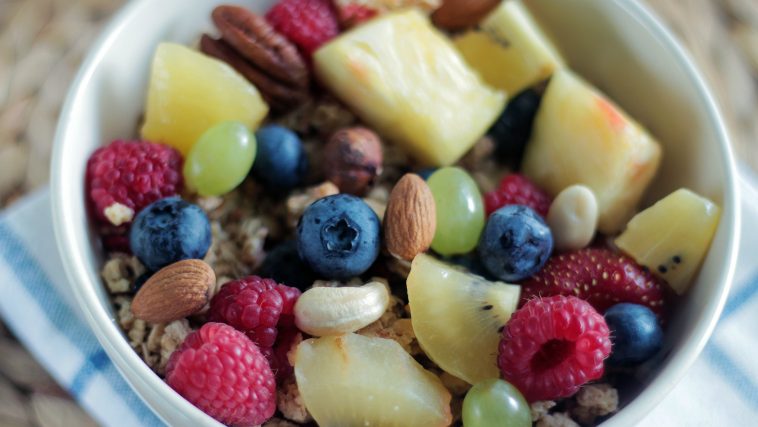One truly never runs alone. About 100,000 billion microscopic organisms accompany you on your day to day. These are the bacteria that live in your intestines, called the microbiota, or gut flora. These millions upon millions of micro-organisms might help you become a better runner if you were to take better care of them every day.
What Your Microbiota Can Do for You
Each person’s digestive tract is home to up to a thousand species of literally billions of individual bacteria. This great diversity explains why the microbiota can perform so many different functions in your body. Most of them are beneficial, but some are less so.
These gut bacteria can, for example:
- Strengthen your immune system;
- Eliminate pathogenic bacteria;
- Protect or weaken the lining of your intestine, depending on the bacteria;
- Extract energy from food;
- Improve the absorption of certain vitamins;
- Produce anti-inflammatory or, on the contrary, inflammatory substances;
- Increase the effectiveness of antioxidant compounds to protect your cells;
- Communicate with your brain and influence your psychological well-being.
All these factors largely determine your physical and psychological health, and therefore your potential as a runner. Literally and figuratively speaking, running is mostly guts!

What Running Does to Your Microbiota
Running, and exercise in general, not only increases the diversity of your microbiota, it stimulates your immune system and reduces the production of inflammatory substances. Having said that, it is important to seek a balance because with regards to running, as with anything, there is such a thing as too much of a good thing.
Overtraining weakens the immune system: intense exercise momentarily increases the production of inflammatory substances which weakens the intestinal wall. Why? During intense physical activity, blood circulation in the walls of the intestine is reduced. Blood flows to the muscles undergoing the most intensity first; so, your quads, glutes, diaphragm, and so forth.
The intestinal wall is then less oxygenated, which can cause damage to its cells and harm certain bacteria. With less oxygen, the intestinal wall allows pathogenic micro-organisms to pass through into the intestines and makes the runner more prone to cramps and diarrhea.
You won’t stop pushing yourself, we know this. But taking good care of your gut bacteria between intensity or speed or distance workouts is also possible. Read on!
What You Can Do for Your Microbiota
To be at your peak, you would greatly benefit from having billions of good, happy and diverse bacteria. If that sounds daunting, don’t worry. Here’s how to do it:
- At each meal, devote at least a third of your plate to fruits and vegetables;
- Replace meat-based meals with vegetarian meals on a regular basis;
- Consistently replace half of the meat in your meals with legumes;
- Choose whole-grain products instead of refined products;
- Include seeds and nuts in your breakfasts and snacks;
- Eat fermented foods regularly (yogurt, kefir, tempeh, sauerkraut, kombucha, etc.);
- Vegetarians and vegans: remember to vary your diet!
Plant-based foods should be given the spotlight. In fact, microbiota might just be the link between a vegan diet and improved performance. We’ll certainly find out one day.
To promote your microbiota, the crucial element in your diet must become dietary fibre. It’s the food of choice for bacteria. It’s necessary to consume fibre from many different foods, since bacteria are like you, they each have their own preferences! It’s a good thing too, since foods rich in fibre also provide many antioxidant compounds, which are good for the microbiota.
One truly never runs alone. And, one never eats alone, either. Treat yourself and your bacteria at the same time!
More tips and recipes can be found in my book Gut health: 21 days of menus.

Translation : William Chabot-Labbé
Stéphanie Côté is a nutritionist and the author of Sport Nutrition : 21 days of menus. Follow her on Facebook, Instagram or her webpage.


